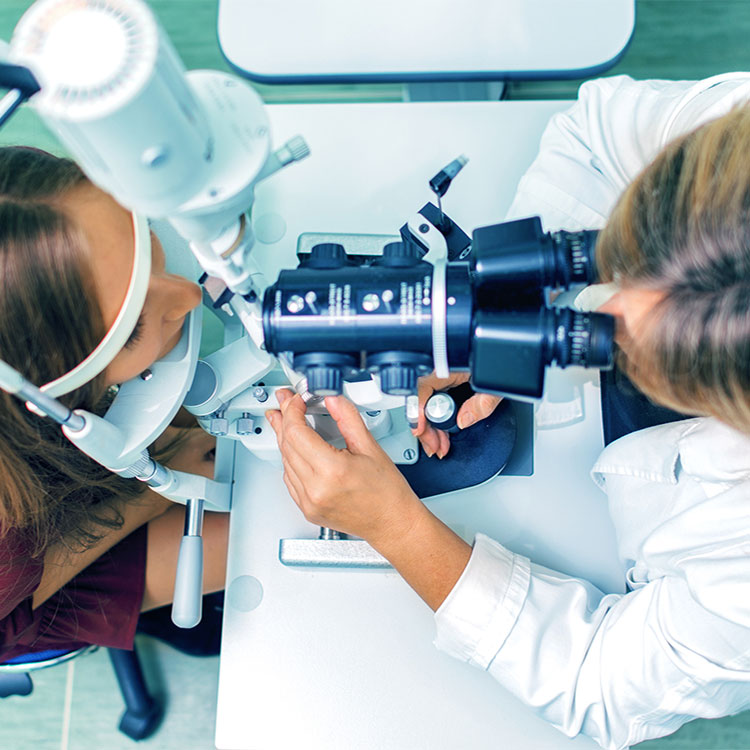There’s no denying that the COVID-19 pandemic changed nearly every aspect of our lives. What was once routine, like attending school or visiting your eye doctor for a check-up, came to a temporary halt.
However, many states are now evaluating conditions for reopening businesses, including vision centers. Here’s everything you need to know about how the U.S. is returning to routine eye care so you can be prepared for your next visit.
Prioritizing emergency care
While states had different timeframes and rules for social distancing and business closures, the American Academy of Ophthalmology (AAO) urged all eye care professionals to halt providing routine care during the pandemic. Urgent or emergency care is, of course, the exception. If you needed routine injections or experienced sudden vision loss, it was still permissible to receive vision care.
To receive routine eye care, you must interact with vision professionals quite literally face-to-face, so there’s little way to conduct an entire visit while maintaining social distancing rules. The recommendation from AAO was in the interest of public health; limiting contact between patients and staff and conserving personal protective equipment all the while ensuring those who needed urgent vision care could safely receive it.
Now, as states ease their rules, it’s time for vision care centers to begin planning to reopen for routine eye visits and elective surgeries so you can plan your next appointment.
Optometrists are creating plans of action for reopening
Routine eye care is a crucial component to your overall health and the Centers for Disease Prevention and Control recommend everyone receive a comprehensive dilated eye exam annually or bi-annually depending on your background. These routine checks are essential for detecting eye diseases and beginning preventative treatment to avoid vision loss.
While it’s great news that routine vision care service can again commence, it doesn’t mean schedules are returning to normal. Rather, the American Optometric Association (AOA) encouraged all doctors of optometry to consult local and CDC guidelines for how to reopen their business for routine visits so patients should call the office to check if they have new hours.
You’ll likely find that practices will limit the number of individuals at their practice at any given time and take every precaution to ensure surfaces like door handles, chairs and desks are regularly disinfected – all to protect your health.
As the country returns to routine eye care, vision professionals are taking the necessary steps to prioritize the health and safety of their staff and patients.

